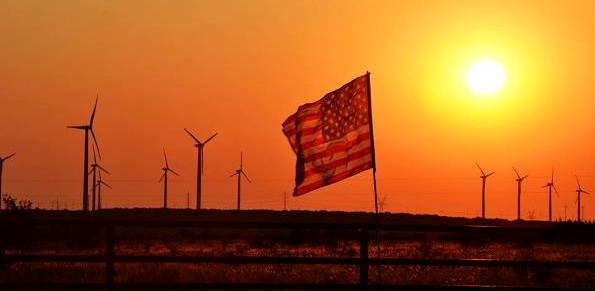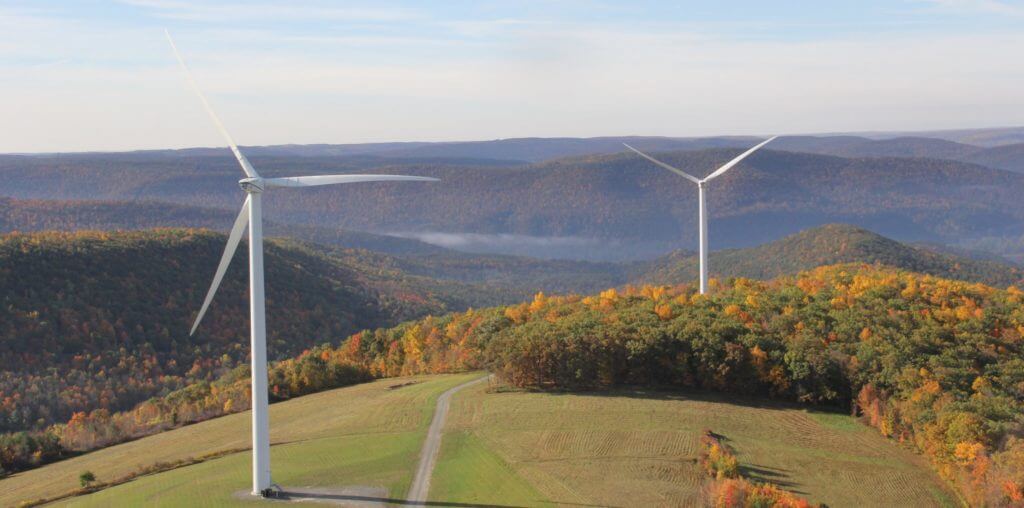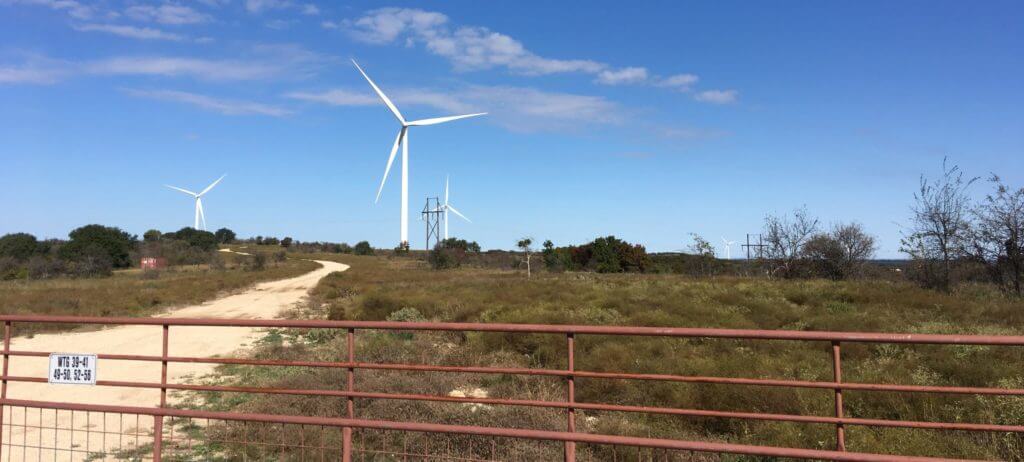What the AP should know about wind power in Oklahoma
Wind power in Oklahoma is investing in communities throughout the state, creating jobs and has already attracted nearly $6 billion in capital investment to the state. Wind power is also a safe source of electricity being welcomed in American communities across the country.
However, misinformation about wind power and its benefits sometimes makes its way into the media's coverage about wind power. This time it reached the pages of a October 1 Associated Press article by Sean Murphy.
Here are some of the top things readers of this AP story need to know:
1) Federal and state policy is a good investment, levels the playing field
Oklahoma's state tax incentives have been a key contributor in delivering lower electricity prices for Oklahoma electricity consumers, have diversified Oklahoma's energy mix and have fostered economic development in many rural parts of Oklahoma.
According to testimony provided by the Wind Coalition's Jeff Clark, "the $120 million investment in incentives by Oklahoma, helped spurt a $6 billion investment that generates $22 million of annual revenue flowing to rural landowners, primarily farmers and ranchers; $15 million in wages to workers each year; and more than $34 million in annual revenue to county governments and schools."
All forms of energy receive federal support. Federal tax policy providing tax relief for new investment in wind power, allows wind power to compete against up to 100 years of incentives for conventional fuels – many of which are permanent.
Regarding the unbalanced, misinformed report by Texas Comptroller Susan Combs's office, the Wind Coalition issued a comprehensive rebuttal with their 5-page letter to Ms. Combs's office stating the report "She’s wrong on technology, she’s wrong on subsidies, and she’s wrong on policy."
The primary federal tax relief for wind power, the Production Tax Credit, has proven to be a good return on investment as it attracts up to $25 billion a year in private investment into our economy and has helped create a domestic manufacturing supply chain of over 550 facilities in 43 states.
While American wind power has already deployed enough wind energy to power the equivalent of 15.5 million homes, a long-term, stable policy will allow wind power to meet the Bush-era projection of providing 20 percent of America’s electricity needs.
2) Wind power creating economic opportunities and prosperity in Oklahoma communities (and in other states too)
Wind power fosters economic development in all 50 states. In Oklahoma, their are numerous examples of the ways wind power benefits job-seekers, landowners and consumers:
- Six wind-related manufacturing facilities now call Oklahoma home and up to 2,000 well-paying blue-collar jobs are employed by wind in the state.
- Over 50,000 well-paying jobs are employed by American wind power today, with the potential to support 500,000 jobs by 2030 according to the Department of Energy.
- Over $9 million in annual land lease payments are paid to Oklahoma farmers, ranchers and other landowners by wind farm developers, making wind their new drought-resistant cash crop.
- By tapping into its wind energy resources and welcoming private investors in wind, nearly 15 percent of Oklahoma's electricity is now provided by wind power, saving consumers money.
- Early in 2014, the Public Service Company of Oklahoma announced three long-term wind power contracts and said the move would reduce costs for consumers by $53 million within the first year.
- New Department of Energy data show the 11 states with the most wind energy have saved more on their electric bills than ratepayers in all other states.
- Grid operators, state governments, and academic experts have analyzed electricity markets in the Midwest, Mid-Atlantic, New England and the Southeast found wind energy drives electricity prices down.
3) First-hand accounts, studies show & courts find wind power is a safe source of electricity
“I tell people my flag makes more noise than the turbines do” – that's according to Bets and Melvin Beran, Nebraska farmers with wind turbines on their land.
As a non-polluting energy source, wind power is essential to reducing public health impacts from the energy sector.
Independent studies and reports have found wind power to be safe for both humans and the environment, including claims related to sound. And a new report by the Energy & Policy Institute found wind farm health claims have been consistently dismissed in court.
4) Wind developers work with local officials, communities to properly site and plan for wind farms
Wind developers work with local communities to plan for and develop wind farms. That includes securing adequate land rights from private owners or public agencies and securing proper permits from all levels of government.
The wind industry follows best practices and AWEA provides the Wind Energy Siting Handbook for developers to follow, which includes 178 pages and 11 chapters on how to properly site a wind project.
Plus, the vast majority of the land used to host wind turbines can continue to be used for its original purposes—such as ranching, farming, wildlife habitat, and recreation. Only 1-2 percent of the land is needed for the turbines themselves, roads, and electrical substations.
5) Many express they find wind farms pleasing to the eye
Residents in communities near wind farms often express that they feel wind turbines are beautiful and matchup well with the surrounding landscape.
Read (and watch below) about how this Texas rancher feels about seeing wind turbines on his ranch:
“On the hill there, looking down the road, looking at the windmills, you know, it’s a peaceful thing to me. It’s pretty to look at. And in the back of your mind the whole time, it’s a good cause. It’s 100 percent renewable energy. There’s enough power generated a year to supply enough for 25,000 homes. I mean, how can you go wrong? It hasn’t had any effect on the wildlife or the livestock here. They’ve got great roads. It’s just really cool to look up and see them spinning and think that you’re making a little of money and you’re helping the world out as you do it. So it’s a pretty good thing."




